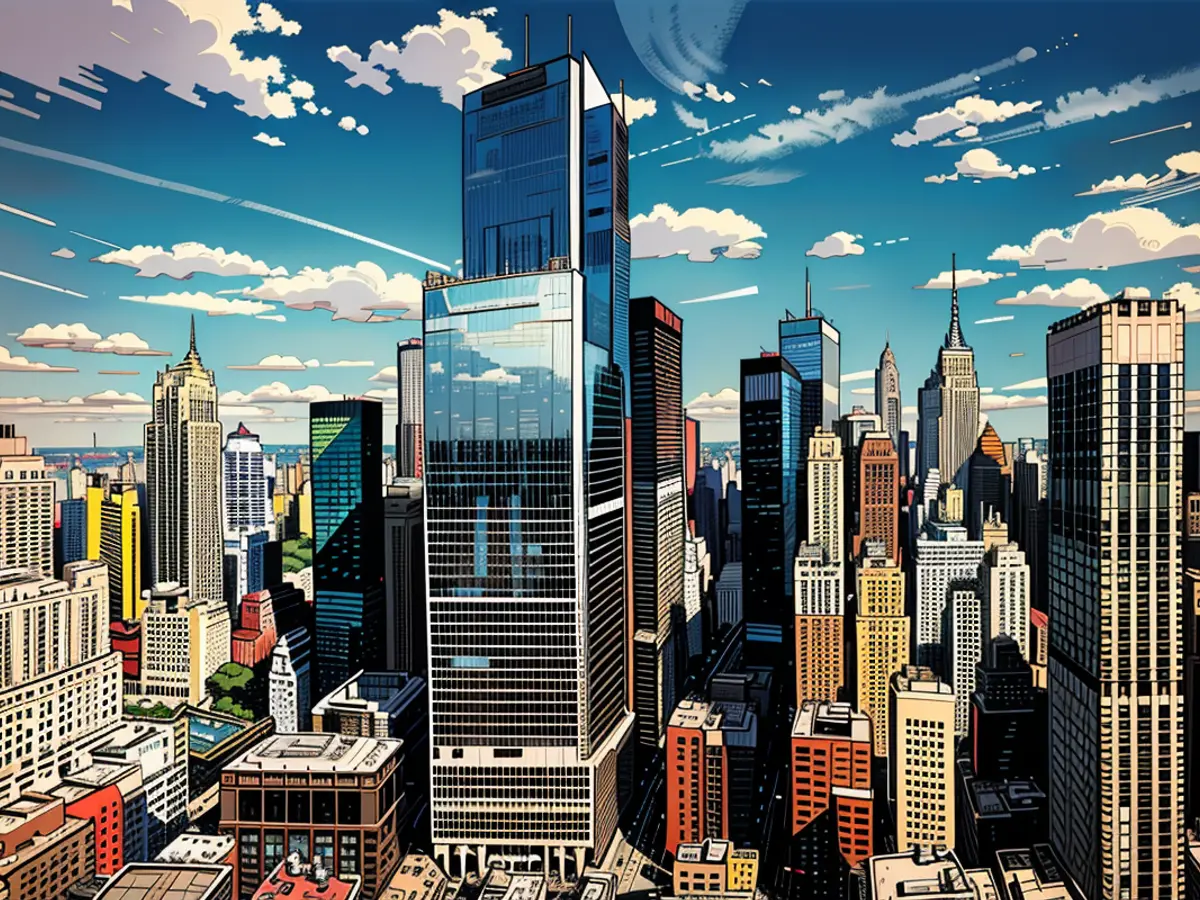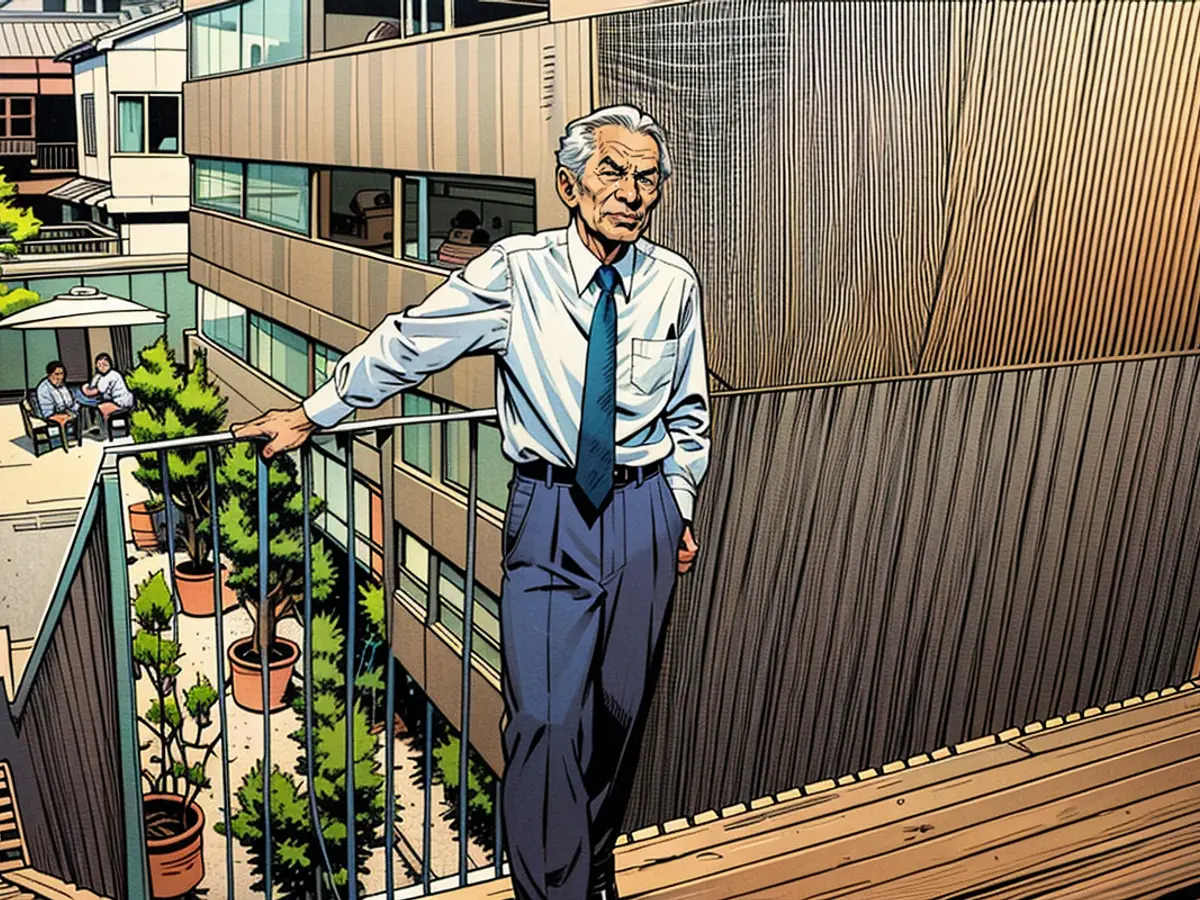Japanese architect Fumihiko Maki, known for blending Eastern and Western styles, passes away at age 95.
American Press Association - Tokyo
Dear Readers,
We have sad news to report. Japanese Architect, Fumihiko Maki, who was celebrated for his designs that injected Eastern elegance into Western structures, has passed away. He was 95 years old.
Fumihiko Maki's office, Maki & Associates, announced his demise on Wednesday. Japanese newspapers attributed the cause of death to natural causes. However, the office did not confirm the news.
Fumihiko Maki was an exceptional teacher of architecture and urban planning at Harvard. He breathed his last on June 6, as per the officials at his office.
One of his most iconic designs is the National Museum of Modern Art in Kyoto, which is now known for its floating glass, metal, and concrete forms. The outside looks simple at first glance but conceals intricate patterns of reflected light on rough and polished marble from the inside.
In the US, his work included the Yerba Buena Center for the Arts in San Francisco and 4 World Trade Center in New York. He also worked on the Makuhari Messe exhibition center in Chiba, Japan, and the Hillside Terrace Complex in Tokyo.
Maki's death was lamented by Tokyo's Spiral Building later, who adored his vision of an urban park and thanked him for the beautifully designed slopes.
In 2013, Maki raised his concerns over the then proposed design for the Tokyo Olympics stadium, terming it costly and a clash with surroundings. He managed to gather support from 100 people, including architects, to condemn the humongous size of the design by British-Iraqi architect Zaha Hadid. The proposed design was ultimately substituted with a more modest-looking design by Kengo Kuma that embodied wood for a natural Japanese look.
This prolific designer was born in Tokyo in 1928. Maki studied at the University of Tokyo, Cranbrook Academy of Art in Michigan, and the Harvard Graduate School of Design. Prior to establishing his own firm in Tokyo in 1965, he worked in offices like Skidmore Owings and Merrill, or SOM, in Chicago, Sert, Jackson & Associates in Cambridge, and the campus planning office of Washington University in St. Louis.
Maki was an avid educator and apart from teaching at Washington University, Harvard, and the University of Tokyo, he also delivered lectures worldwide. He shared his thoughts on the Japanese way of perceiving space called 'oku' in his collection of essays, "Nurturing Dreams," published by MIT Press in 2008. He described 'oku' as the crucial "core of densely organized spaces" and elaborated on how the Japanese delivered a deep, "onion-like" sense of space even in confined areas.
Focusing on 'oku' helped Japanese architects create an impression of depth.
Maki was the second Japanese to win the Pritzker prize, a prestigious title often compared to the Nobel Prize in architecture. He was acclaimed as a vital part of the architectural revival in postwar Japan by the Pritzker committee.
"He employs light in a sensational way, making it as tangible a component of his designs as walls and roof. In each structure, he aspires to find a harmonious blend of transparency, translucency, and opacity. Detail plays a significant role in introducing rhythm and scale to his projects," Bill Lacy, who was a part of the selection panel, said during the award ceremony.
Maki was honored with several other accolades, including the Wolf Prize from Israel in 1988 and the Arnold Brunner Prize from the American Academy of Arts and Letters in 1999. In 2011, he received the American Institute of Architects' highest honor, called the AIA Gold Medal.
News outlets in Japan reported that a memorial service would be conducted. However, Maki & Associates didn't reveal any details, citing that an official announcement was still in the works.

Read also:
Despite his passing, Fumihiko Maki's influence on architecture and style continues to be felt, with his blend of Eastern and Western styles remaining a significant contribution to the field. His office, Maki & Associates, continues to inspire new generations of architects with his unique approach to incorporating natural light and materials into their designs.








